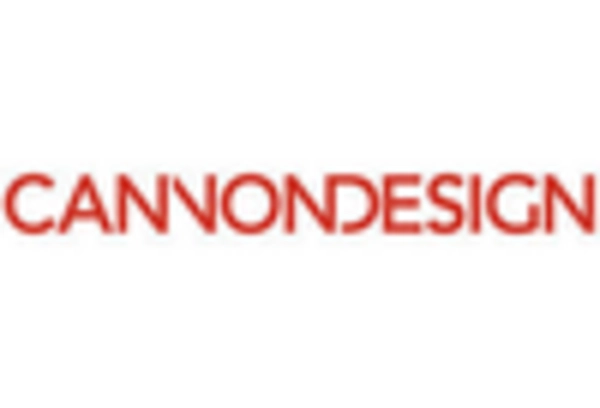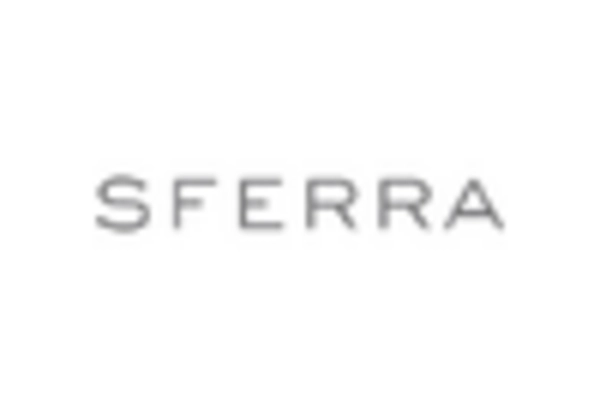Customization Trends in Bedding Products
The Bed Linen Market is increasingly influenced by the trend of customization, as consumers seek personalized bedding solutions that reflect their individual tastes and preferences. This demand for unique products has led to the emergence of brands offering customizable bed linens, allowing consumers to select colors, patterns, and even monograms. Market Research Future indicates that the customization segment is growing rapidly, with a projected increase of 6% annually. This trend not only enhances consumer satisfaction but also fosters brand loyalty, as customers are more likely to return to brands that offer tailored solutions. As a result, the Bed Linen Market is adapting to this demand by incorporating more customizable options into their product lines.
Growing Interest in Sustainable Products
Sustainability has emerged as a pivotal driver in the Bed Linen Market, with consumers increasingly prioritizing eco-friendly products. The demand for organic and sustainably sourced materials is on the rise, as consumers become more conscious of their environmental impact. This shift is reflected in the growing number of brands that are adopting sustainable practices, such as using organic cotton and implementing eco-friendly manufacturing processes. Market data suggests that the segment of sustainable bed linens is expected to grow at a rate of 7% annually, indicating a strong consumer preference for environmentally responsible options. This trend is reshaping the Bed Linen Market, as companies strive to align their offerings with consumer values.
Rising Consumer Demand for Quality Bedding
The Bed Linen Market is experiencing a notable increase in consumer demand for high-quality bedding products. This trend is driven by a growing awareness of the importance of sleep quality and its impact on overall health. Consumers are increasingly seeking bed linens made from premium materials such as Egyptian cotton and bamboo, which are perceived to offer superior comfort and durability. According to recent data, the market for luxury bed linens has expanded significantly, with a projected growth rate of approximately 5% annually. This shift towards quality over quantity is reshaping the Bed Linen Market, as manufacturers adapt their offerings to meet the evolving preferences of discerning consumers.
Influence of E-commerce on Purchasing Behavior
The Bed Linen Market is witnessing a transformative shift due to the rise of e-commerce platforms. Online shopping has become a preferred method for consumers seeking convenience and variety in their bedding purchases. E-commerce allows consumers to access a wider range of products, compare prices, and read reviews, which enhances their purchasing experience. Recent statistics indicate that online sales of bed linens have surged, accounting for nearly 30% of total sales in the industry. This trend is likely to continue, as more consumers embrace digital shopping, prompting traditional retailers to enhance their online presence and adapt to the changing landscape of the Bed Linen Market.
Technological Innovations in Fabric Production
Technological advancements are playing a crucial role in shaping the Bed Linen Market, particularly in the area of fabric production. Innovations such as advanced weaving techniques and the use of smart textiles are enhancing the quality and functionality of bed linens. For instance, the introduction of moisture-wicking and temperature-regulating fabrics is appealing to consumers seeking enhanced comfort during sleep. Market analysis shows that the integration of technology in fabric production is expected to drive growth in the industry, with a projected increase of 4% annually. This focus on innovation not only improves product offerings but also positions companies competitively within the Bed Linen Market, as they strive to meet the demands of modern consumers.

















Leave a Comment